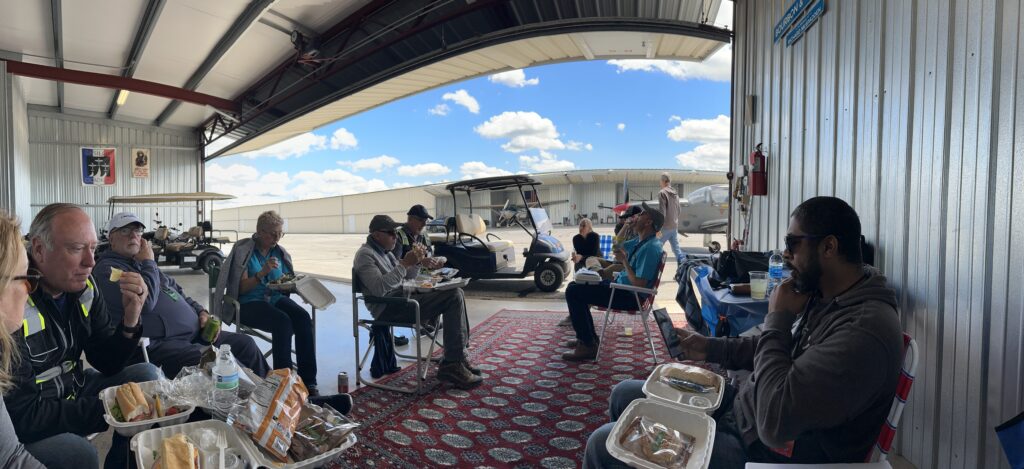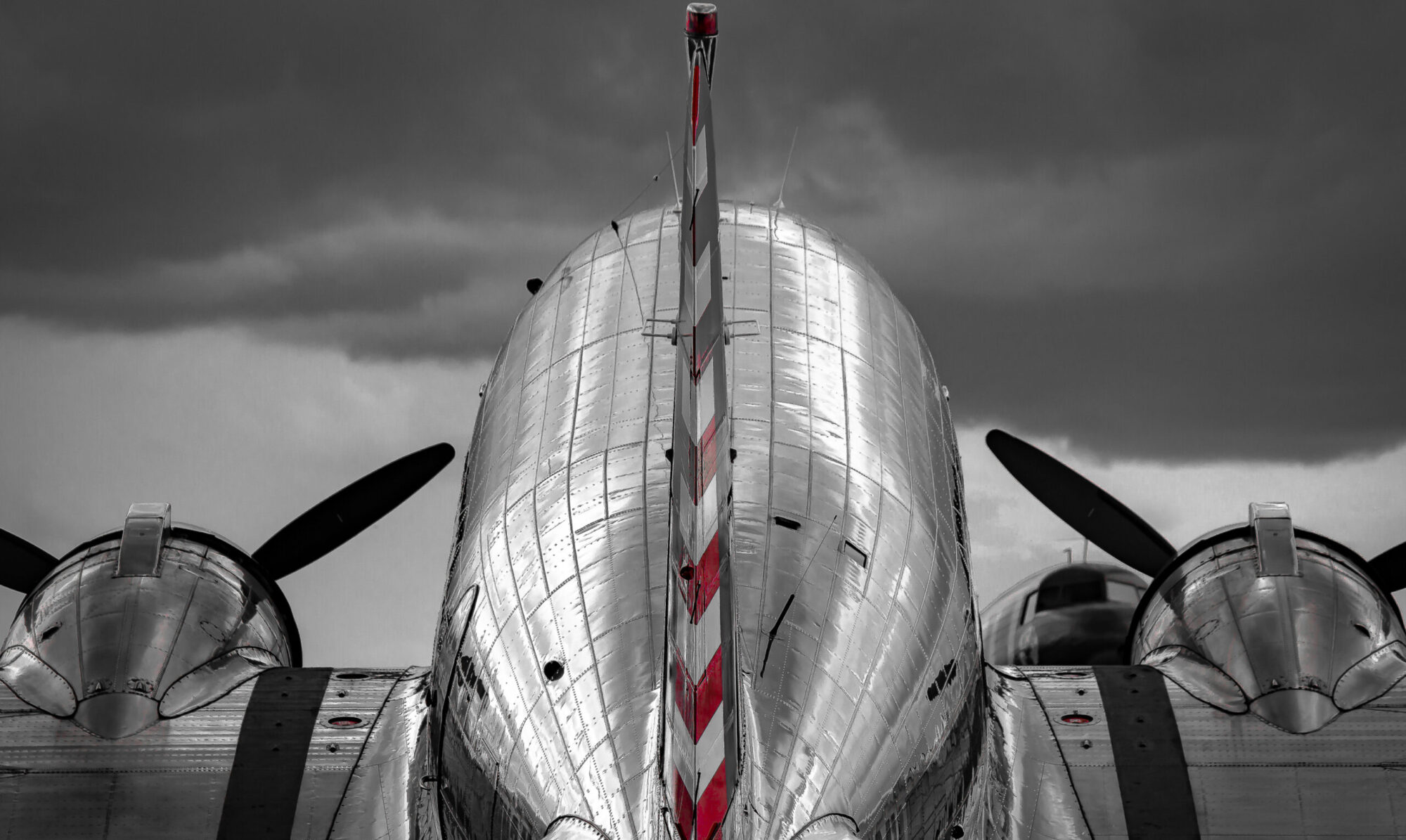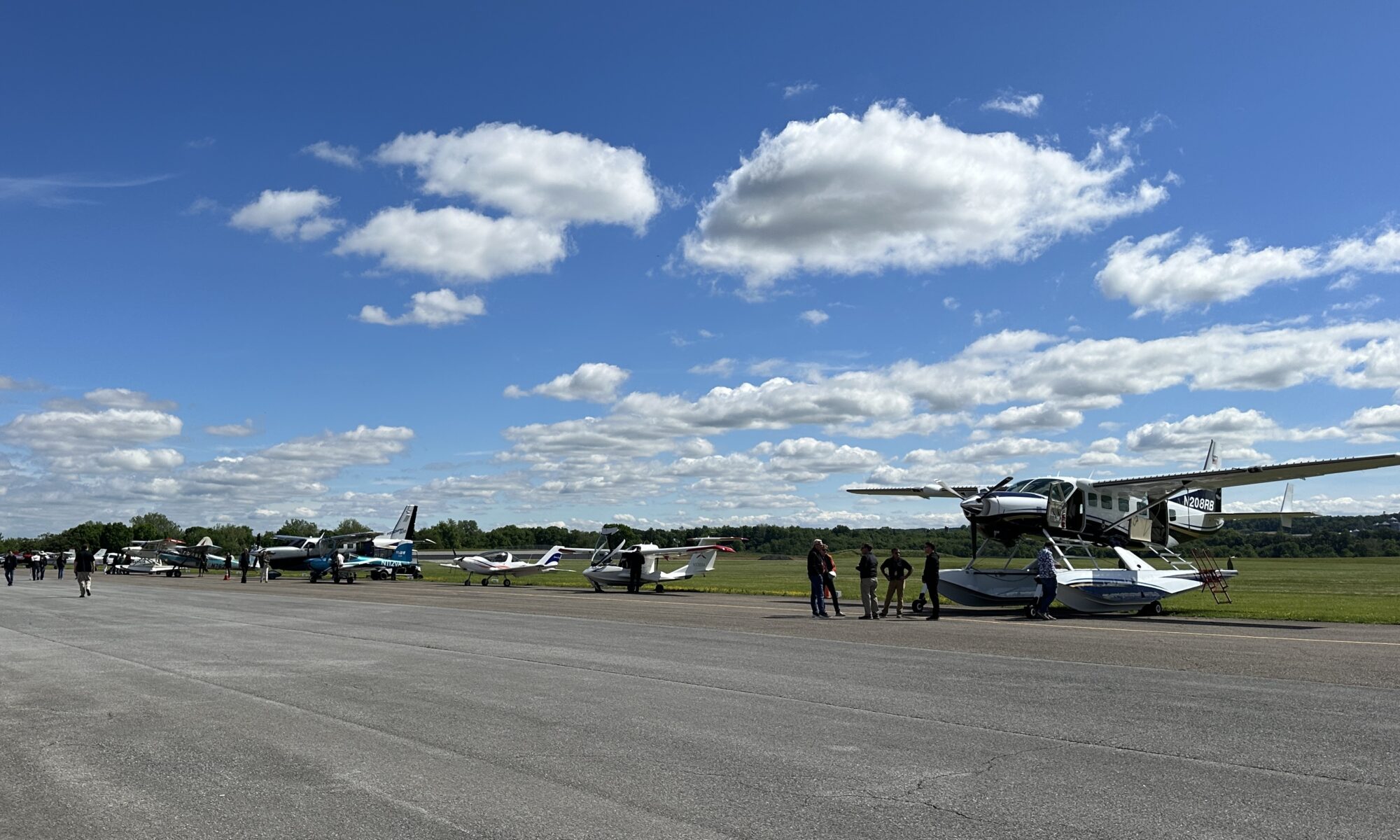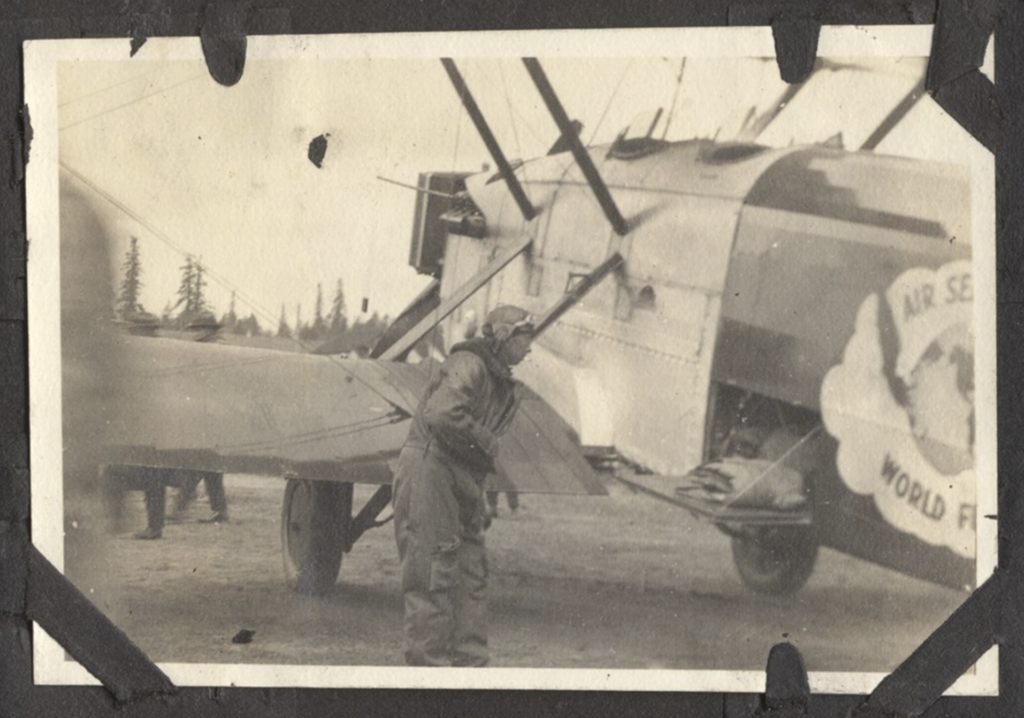The spark of the idea took place more than two years ago—the concept that the Aircraft Owners and Pilots Association could organize and execute a mass formation flight over the nation’s most restricted airspace. In commemoration of its 85th birthday, the association did just that, with the “National Celebration of General Aviation DC Flyover” on May 11.
A strung-out gaggle of 54 aircraft—cached in eras and genres from the most classic Beech Staggerwing to the recently debuted Piper M700 Fury—launched from the Frederick Municipal Airport (KFDK) starting at 11:38 a.m. They flew in a distinct trail straight to the heart of Washington, D.C., into the Flight Restricted Zone (FRZ) and through prohibited area P-56 overlaying the National Mall. They took three routes back to Frederick and landed without a hitch.
A secure area had been established on the flight line, with all pilots vetted by the Secret Service and put through extensive background checks. Most aircraft carried at least two people, also having gone through preliminary and on-site TSA screening. I took up friends on the invitation to watch from their hangar near the flight line, and we positioned the golf cart with a good view of the runway—as close as we could get.
The spectacle alone—and the formation logistics—would be worth a round of applause. Just to have 54 aircraft show up and fly, and have the weather completely cooperate, made it a banner day. But after a few days’ reflection, I can’t help but say it goes much further than that.
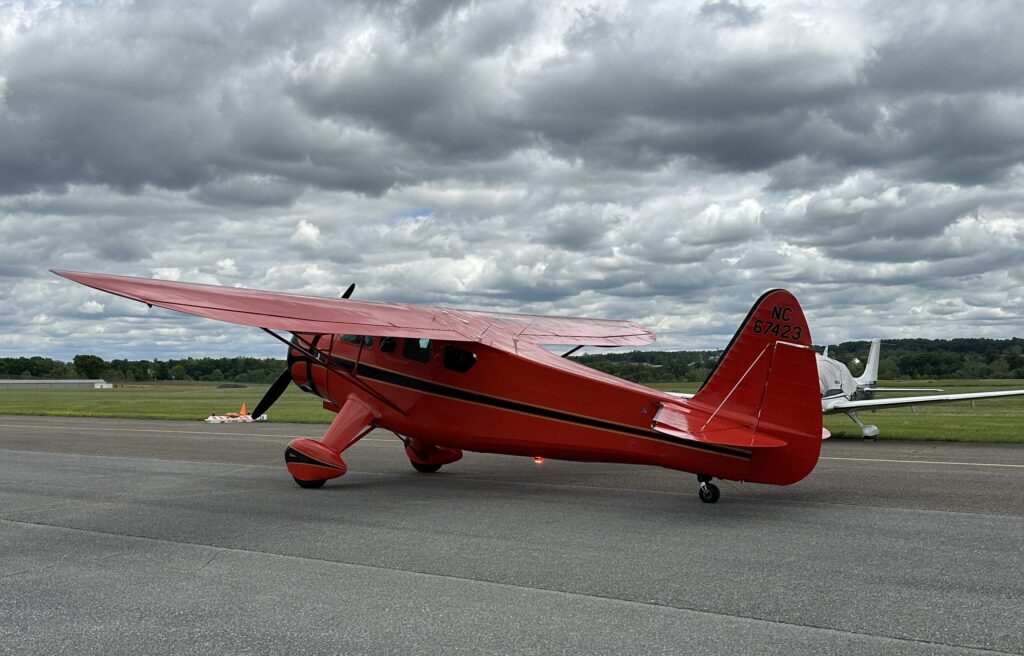
- For someone who was working at AOPA on September 11, 2001 (like me), to watch nearly 23 years later a string of former colleagues and friends from around the country fly right into the heart of the “no-fly zone” that has existed ever since that awful day….well, it made me realize what is possible. It took a lot of “trust but verify” to put 54 GA aircraft into that string of pearls—but with concerted effort and the integrity of those making the “ask,” it came to pass.
- We’re celebrating another anniversary this year: 30 years since the General Aviation Revitalization Act (GARA) was passed, paving the way for the restart of GA aircraft production by Cessna, Piper, Beech, and others. A tip of the hat to Russ Meyer (former president and CEO of Cessna) and Ed Stimpson (then president of the General Aviation Manufacturers Association) for figuring out the way to make that bill a reality. A “post restart” Cessna 172 took its place in the Flyover—not the fanciest airplane on the lineup, but one of the most poignant.
- This week we also saw an amazingly bipartisan effort to pass the FAA Reauthorization bill so desperately needed to free the gridlock in bureaucracy and funding to keep the FAA running. That will support not only those GA manufacturers now producing 4,090 aircraft in 2023, but also the pilots, airports, and technological advances like unleaded fuel that are critical to a healthy GA ecosystem. This time, it also produces a title for general aviation, preserving its seat at the table, for the first time in a bill. And rare for the current state of affairs in Washington, both parties came together to pass the bill through Congress and to the president. It’s still possible to collaborate across the aisle.
- And so much more is possible if we keep working together, dreaming big dreams, and innovating our way to solutions. My friend Carlo flew the Hatz biplane he built in his hangar at Frederick past the Washington Monument, the White House, and over the top of DCA on a sunny Saturday in May. You just never know where GA can take you when you believe, and you put in the effort to make it happen.
